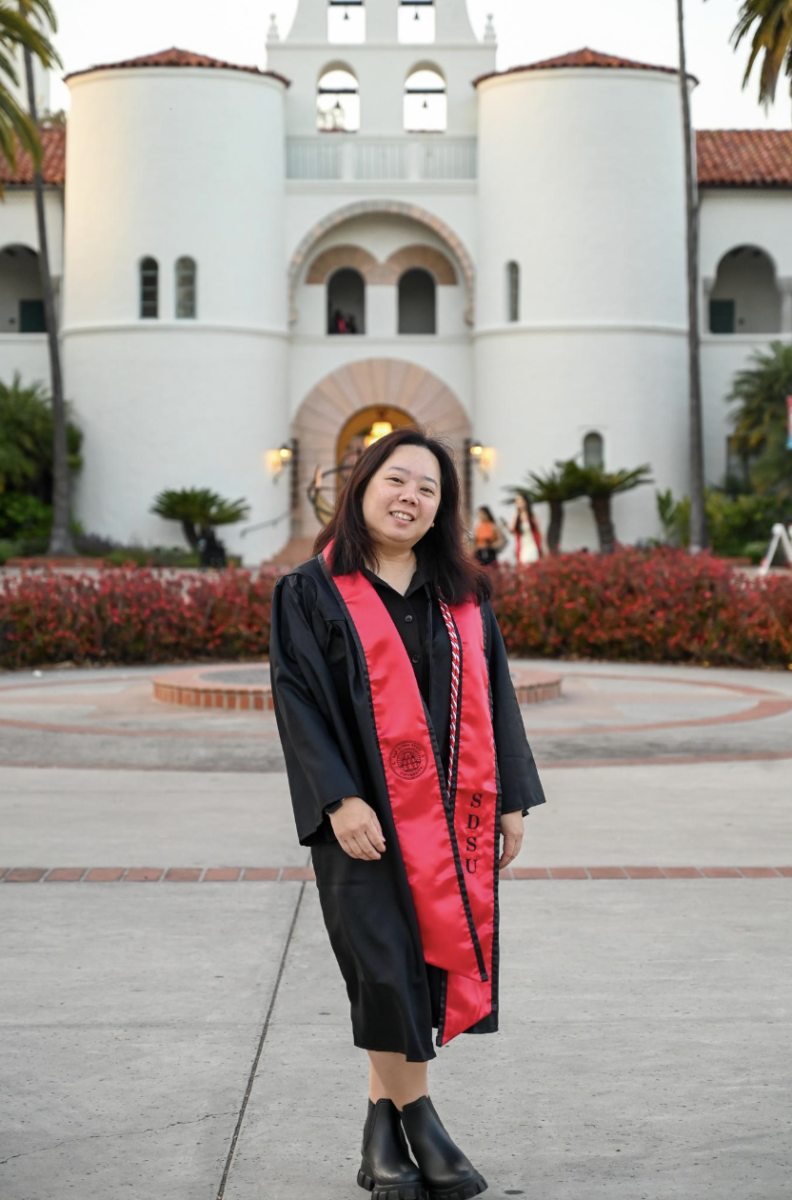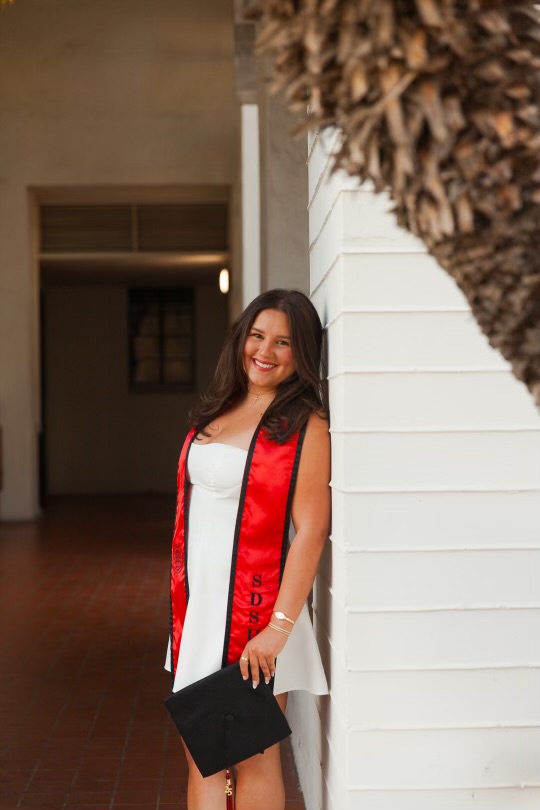MOOC stands for “Massive Open Online Course,” which is exactly what the program is. More specifically, they’re online courses created by professors at degree-granting universities that are completely free to take. Of the many different MOOC providers, Coursera is the most popular and is responsible for 47 percent of course distribution. MOOCs are offered in different languages, including Spanish, French, Chinese, German and Arabic. More than 30 universities have partnered with Coursera. Georgia Tech’s masters in computer science, which is offered completely online for credit, is a rare example.
Because they’re free and accessible to anyone with Internet access and a computer, these classes have caused a huge buzz, likely worrying many professors and college administrators. There are currently 1.7 million people registered for Coursera classes. [quote]This might lead some people to wonder if MOOCs are the future of higher education. I say no.[/quote]
As they function now, MOOCs are not the future of higher education because teachers and students have limited or no interaction. Their biggest advantages are that they’re online and free. There are also distinguished professors from Harvard, Stanford, Princeton and other universities who’ve created MOOCs, making them that much more attractive. But what they lack is the invaluable social aspect of learning: the dynamic aspect that engages students and gives substance to the educating process.
[quote]In a study of one million MOOC users conducted by the University of Pennsylvania, only 4 percent completed the course they registered for and 50 percent never viewed a lecture.[/quote] These statistics point to a dimension of education that we may be starting to take for granted.
The emergence of online learning, even when it’s supplementing a non-virtual classroom, is great for disseminating information to a large number of people and is available for students to watch anytime, anywhere.
However, the problem with a class that is all online and free is that everyone (except the very interested or very self-disciplined) will have little incentive to finish the class. The act of going to a classroom with a teacher that looks you in the eye, calls you by name and interacts with you directly is crucial to education and drives you to continue with the course materials. It bridges the gap between knowledge and application, and turns the act of receiving information into engagement with the information.
Some MOOCs are interactive, meaning they have chat boxes where students can answer and ask questions, like many of the online lectures at San Diego State. Still, the student has to watch the lecture live in order to participate, and when the lecture is available at all times of the day, it’s hard to make that a priority. Interacting virtually is also different from interacting in reality, where communication is more direct and immediate.
The idea of “free learning” that MOOCs promise is a great one. I hope professors keep making them, and people keep watching them to supplement college courses or just to pursue interests. Education, however, requires a social component that is limited in MOOCs. Subjects of learning are forever situated in and relevant to the present, not a recorded lecture or a textbook. Teachers feed knowledge to students with unique experiences who process it in their own way and who collaborate with each other to develop an understanding. This is a dynamic that I don’t think will ever be lost in education. That being said, it can never hurt to have knowledge made available to large amounts of people for free. MOOCs will not take over higher education, but they can certainly work together.
Photo courtesy of Thinkstock.







